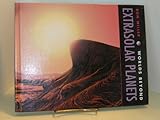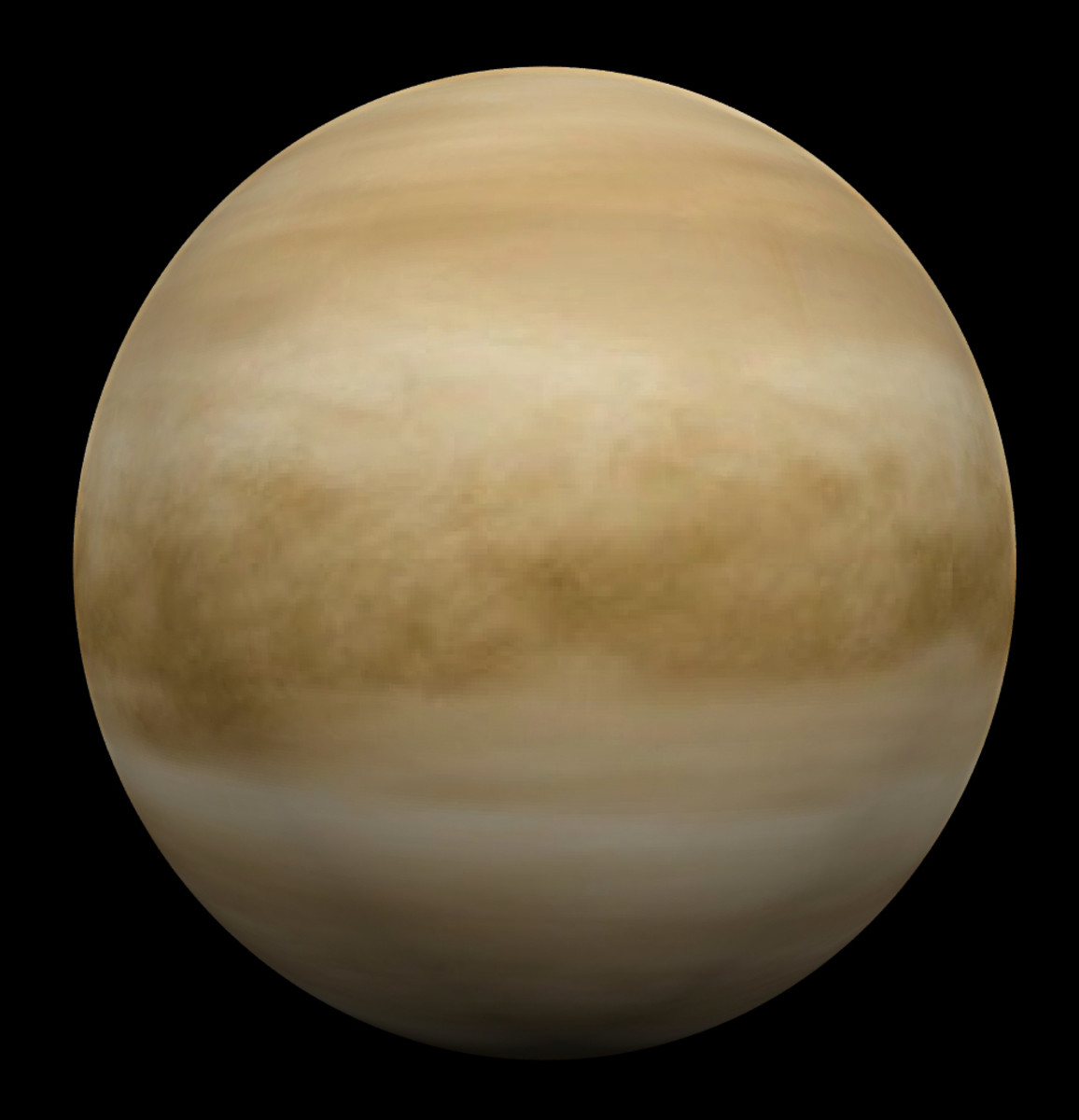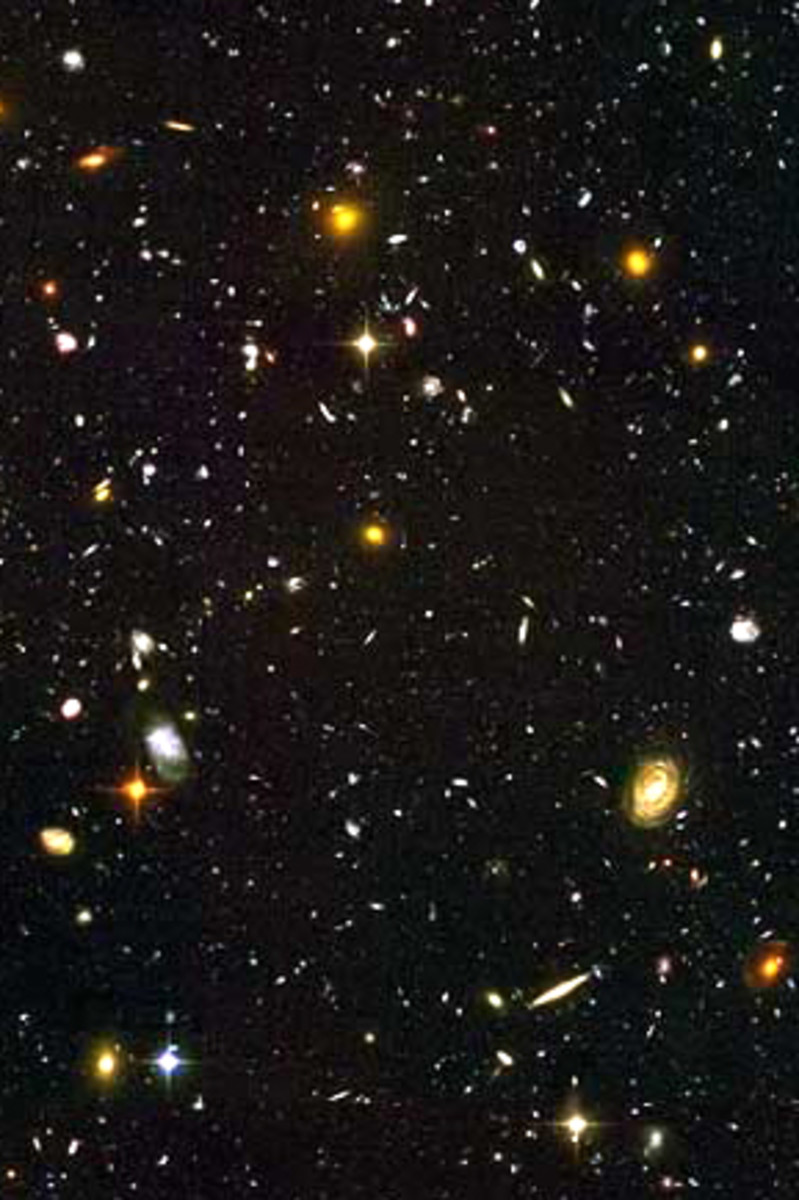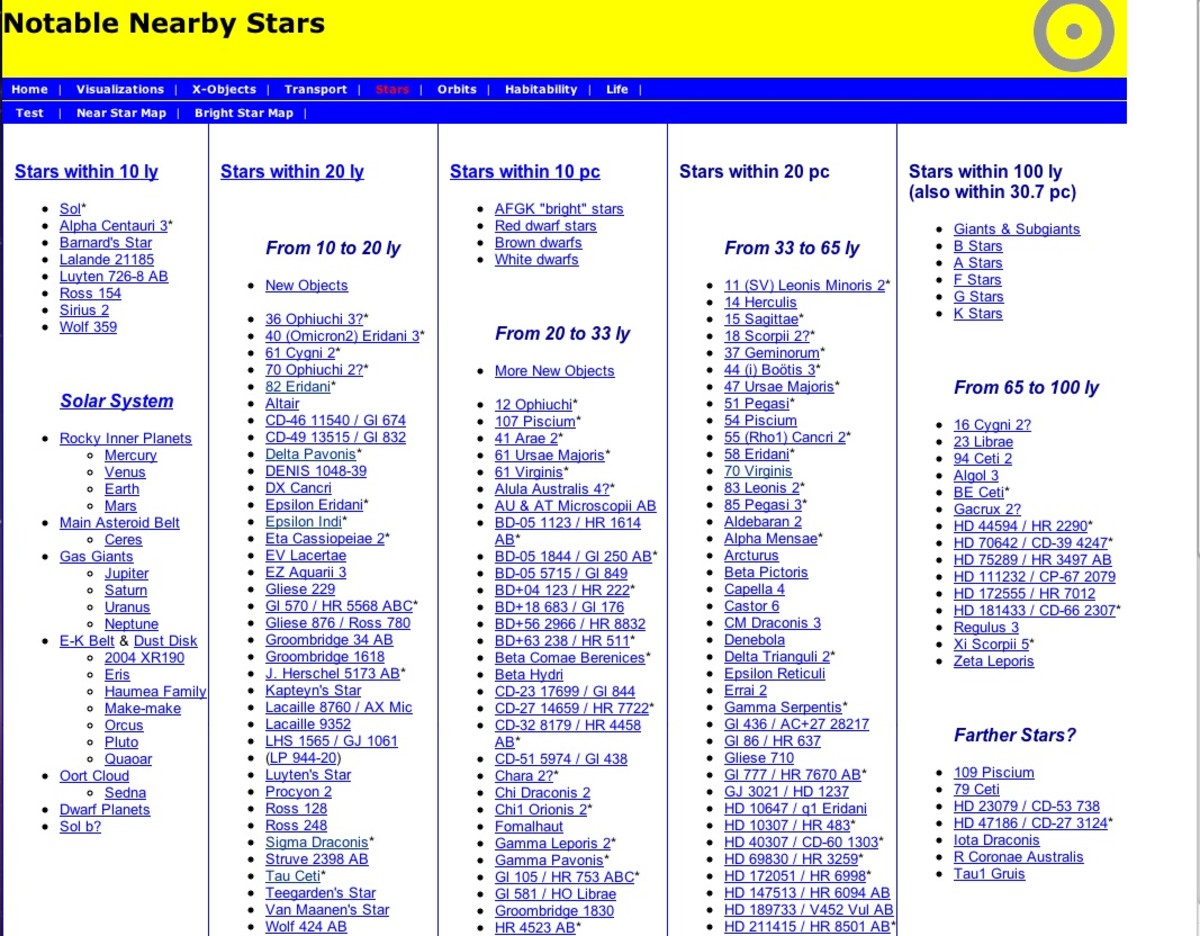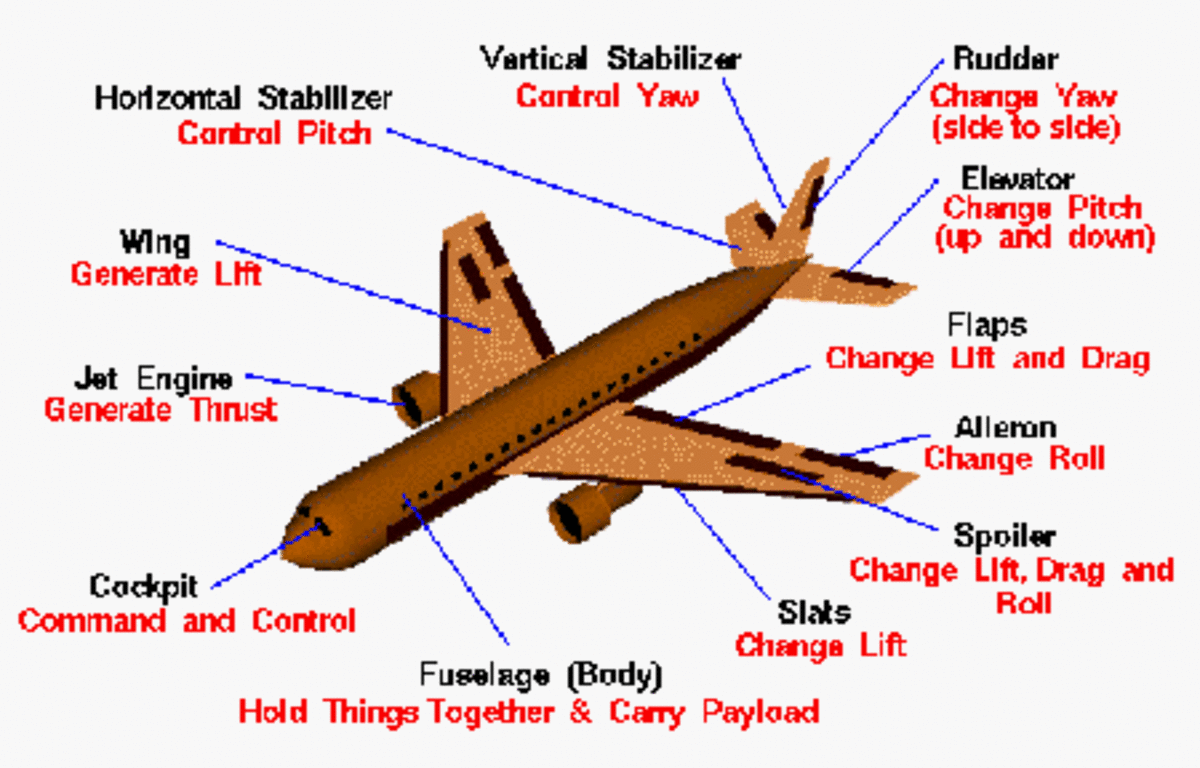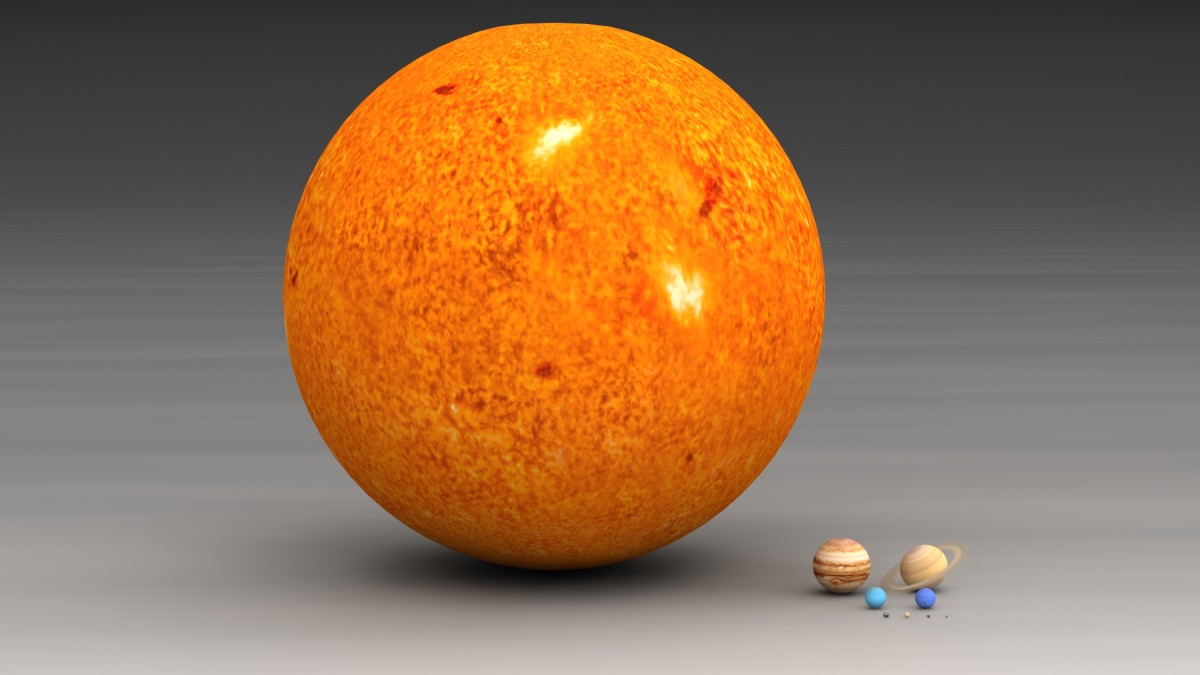Planets Beyond the Solar System

I must be getting old or lazy—likely both! My online list of extra-solar planets had not been updated in several years! ("Extra-solar" means beyond our Solar system.)
Why the big delay? Those pesky scientists keep discovering more and more and more! Heck, it's a big universe out there, and there must be zillions of planets amongst the cosmos. One estimate places the number at something like 50 sextillion star systems which have planets in this universe—that's a 5 followed by 22 zeroes, and that's a sexy number, all right. We don't often hear of a sextillion of anything. (For some who use the old British "Long Scale" numbers, this would be a "thousand trillion.") If the United States produced a trillion dollar debt each year, it would take them a billion years to drop into the sextillion dollar range. That would likely bankrupt this entire sector of the Milky Way galaxy.
Back to planets. Aren't they lovely? We live on a particularly nice one, ripe with life. Scientists want to know if Earth-like planets are rare or abundant. And so do I! I've dreamed about Earth-like planets my entire life. In fact, that's why I created my main website, www.AncientSuns.com—to explore the universe of possibilities for worlds like our own. Is there a Klingon Empire out there, ready to take on humanity should we attain warp drive starships?
I made the list on my website easier to read with alternating color rows. Programming that took a lot of work on my original list. Ahh, but I'm getting crafty in my old age, too. I used a little programming savvy to have my computer do all the formatting for me automatically. Yes, I'm getting both old and lazy, and perhaps a little smarter, too.

Ancient-Rich Star Systems
Where would we find such star systems and their life-friendly planets? That's the really interesting part.
Young star systems are in the process of formation. Earth, for the first three billion years, suffered heavy meteor bombardment. The one which killed off the dinosaurs came near one and a half billion years after this, so you can imagine the "heavy" showers our planet must have endured.
So, we need to find star systems which are at least 3 billion years old (3 Giga-years). Some star systems have formed out of clouds which are almost entirely hydrogen. For planets with soil and the potential for life, we need more chemicals than the plain-vanilla, all-hydrogen variety. Scientists have a scale which gives a rough idea of the chemical "richness" of a star system. This scale measures the ratio of iron to hydrogen (Fe/H) and gives us a quick idea about the "metallicity" of a star system. In this topic, even oxygen and silicon are considered "metals" (heavier elements).
Sol (our sun) on the scale used in my online chart, has an Fe/H of zero. An Fe/H of –0.05 is still relatively rich.
So, we are looking for star systems which are at least 3 billion years old and have a metallicity rating (Fe/H) of at least –0.05. These are the ancient-rich star systems which might harbor another Earth-like planet.
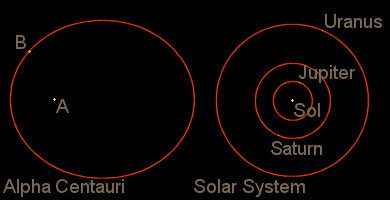
Alpha Centauri, Next-Door
Our nearest neighboring star system, Alpha Centauri, can only be seen by those who live south of about 30-degrees North latitude.
For those more familiar with northern constellations, Alpha Centauri is found near Scorpius. Where I live in the Philippines, this neighboring star is quite visible, high in the sky during some portions of the year.
Alpha Centauri contains three stars—one very similar to our own sun, another slightly dimmer and cooler, plus the ruddy glowing ember known as "Proxima Centauri." This system stands at least a billion years older than our own sun and system of planets.
Just think about it. If Alpha Centauri A (the main star) has an Earth-like planet orbiting it and life formed on that world on a schedule similar to that on Earth, they might have a civilization there which is a billion years ahead of us. That's not a million years—a billion years!
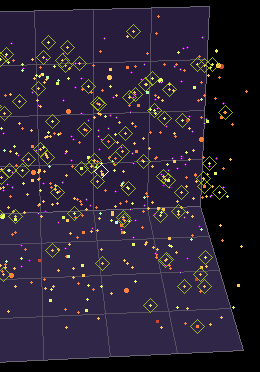
More Planets
Scientists have discovered over 500 extra-solar planets, so far.
I have included many of them in my "Stars in the NeighborHood" 3D software.
I have even marked some of the "ancient-rich" star systems so they are easy to find. Imagine those islands in the dark of space which are similar to Earth -- oceans, oxygen, life.
It's a big universe out there. I never tire of exploring the possibilities.



